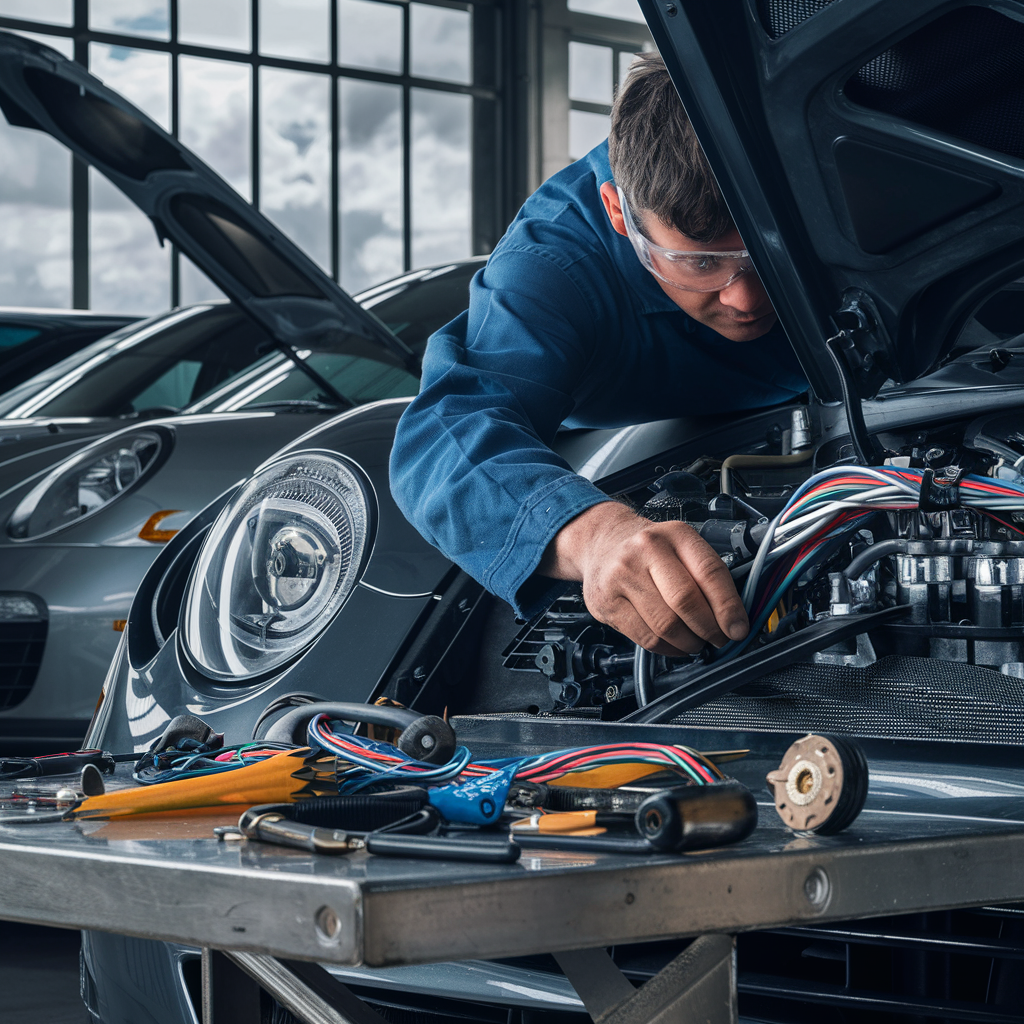
Valves and Camshaft: Key Players in Engine Performance
August 12, 2024
Exploring Engine Components: How Valves and Camshaft Work Together
August 12, 2024In the intricate world of auto repair, the functionality and durability of an engine largely hinge on the performance of its pistons and crankshaft. These components, fundamental to the engine block, work in a synchronized manner to facilitate the fundamental processes of internal combustion engines. Pistons, engineered to move up and down the cylinder bore, play a pivotal role in managing combustion dynamics and thermal efficiencies, whereas the crankshaft, by translating reciprocating motion into rotational force, dictates the engine’s overall power output and torque characteristics. Exploring how these elements interact not only unveils the complexities of engine efficiency but also highlights potential areas for innovation in engine design.
Understanding Pistons in Engine Performance
Pistons play a pivotal role in determining the efficiency and performance of an internal combustion engine by translating fuel combustion energy into mechanical motion. These cylindrical components are integral to the engine block, moving up and down within the cylinder bore. The proper functioning of pistons is critical, as they are subject to extreme temperatures and pressures during the engine’s operation.
Each piston is connected to a piston ring, which ensures a snug fit within the cylinder, preventing the leakage of combustion gases and maintaining the integrity of the oil film. This seal is vital for maximizing the engine’s compression and ultimately its overall power output. The material composition of pistons, typically high-grade aluminum alloys, is chosen for its ability to withstand high thermal stresses while maintaining minimal weight to maximize fuel efficiency.
Furthermore, the design of the piston crown influences the combustion process by affecting how air and fuel are mixed and burned. Innovations in piston technology, such as the integration of cooling channels or the use of advanced coatings, enhance their durability and performance, thereby contributing to the longevity and reliability of the engine.
For every automotive enthusiast and professional in the field, understanding the role of pistons is fundamental to mastering engine technology.
The Role of the Crankshaft
While pistons facilitate the initial energy transformation, the crankshaft is pivotal in converting this reciprocating motion into rotational force that powers the vehicle. As a central element in the engine’s dynamics, the crankshaft’s design and integrity are critical. It must withstand high rotational speeds and significant torsional forces while maintaining minimal wear over the lifespan of the engine.
The crankshaft’s role extends beyond mere motion conversion; it also impacts the engine’s efficiency and balance. Here are key aspects of its functionality:
- Torque Transmission: The crankshaft converts the linear motion of pistons into torque, which is then transferred to the vehicle’s transmission system.
- Vibration Damping: It is equipped with counterweights to balance the assembly, reducing vibrations that could lead to premature wear or failure.
- Bearing Support: It supports and positions the connecting rods via main bearings, ensuring smooth operation and alignment.
- Timing Regulation: Through its connection with the timing belt or chain, the crankshaft helps regulate the timing of valve openings and closings in conjunction with the camshaft.
Understanding these facets helps underscore the crankshaft’s significance in engine performance, fostering a deeper appreciation and connection among automotive enthusiasts and professionals alike.
In conclusion, it becomes evident that the auto repair, without its pivotal pistons and crankshaft, would be as functional as a bicycle without wheels. These components not only embody the heart and soul of the engine but also assure that the symphony of moving parts operates in harmonious precision.
Neglecting their significance is akin to ignoring the laws of physics—a foolhardy oversight in the meticulous world of automotive engineering. Thus, their role is not just important; it is fundamentally indispensable.





